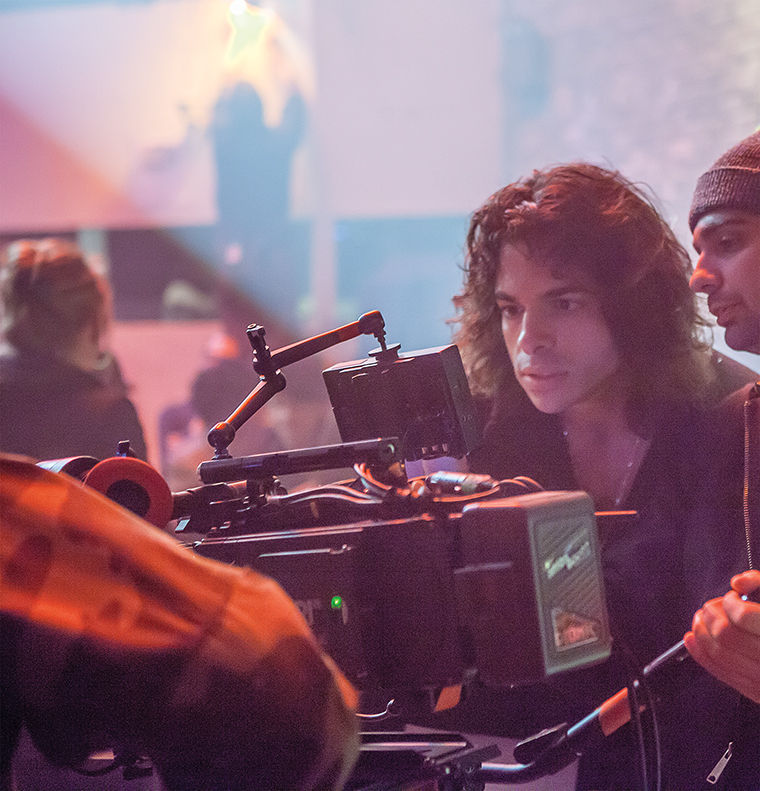‘Touched with Fire’ director Paul Dalio talks art, love and madness
Paul Dalio wrote, directed, edited and composed music for “Touched with Fire.”
February 1, 2016
“Touched with Fire,” writer and director Paul Dalio’s feature film debut, was originally called “Mania Days” but later adopted the title of the book, “Touched with Fire: Manic-Depressive Illness and the Artistic Temperament,” a collection of case studies by psychologist Kay Redfield Jamison.
The film is a soul-stirring romance that stars Katie Holmes as Carla and Luke Kirby as Marco, two bipolar poets whose fiery love affair is fueled by their illness.
Dalio himself was diagnosed with bipolar disorder and refers to reading Jamison’s book as a life-changing experience.
The Chronicle spoke with Dalio about the film, his attitude toward mental illness and his own struggles with bipolar disorder.
THE CHRONICLE: Many films deal with mental illness. How did you approach the issue differently in “Touched with Fire?”
PAUL DALIO: The most important thing is that I wanted to approach it through their eyes. As a filmmaker with bipolar disorder that was a responsibility because there [are] not many opportunities for it to be portrayed to audiences by someone who actually has it. I also wanted to show the beauty of it—not even in a forced way. There is a redeeming aspect that comes with these expansive emotions, which often take the form of art and love. There are beautiful things that go along with the darkness, and [exploring that] is necessary to reduce the stigma.
How did you go about making such heightened emotions accessible to an audience that might not be familiar with them?
The most important thing is creating strong characters and finding amazing actors that can embody those characters in a way that is human and relatable but also truthful. At the same time, cinema has an extreme power to control all the senses with sound, image, movement and editing, and that’s a huge advantage. We had a three-month preproduction period so we could control every element and create something that would saturate the senses.
Why did you adopt the title from Kay Redfield Jamison’s book?
When we hooked up with the distributor, they were considering changing the title. They thought that it would be difficult for people to think of mania as something beautiful. Certain people thought it was going to be some kind of horror story set in an institution. After that, while searching for another title, it became so obvious.[Reading] the book was [the source] of the shift in my spirit that led me to the place that allowed me to create this film. I lived the journey. The book is what inspired me.
What would you say to artists who fear mental illness might hold them back?
The most important thing to know is that it’s extremely difficult and it takes a lot of sacrifice and patience. In film school, I went through two manias that led me to psychosis. I was in a correctional facility. Most people don’t get out of that, but I had the fortune of meeting certain people who gave me hope—for instance, [Jamison]. I never knew that I could be creative, on medication and happy. Once I got that hope, I fought tooth and nail with a lot of patience to get to where I am now. People who are going through the worst of it need to know that they can get out. I will always be walking a tightrope. I still slip, but I’ve gotten better and better at catching myself. Ultimately, I’ve found it to be such a gift that if I was offered a cure, I wouldn’t take it.
“Touched with Fire” will be released in Chicago on Feb. 19. Check back for The Chronicle’s full review in its Feb. 22 issue.








